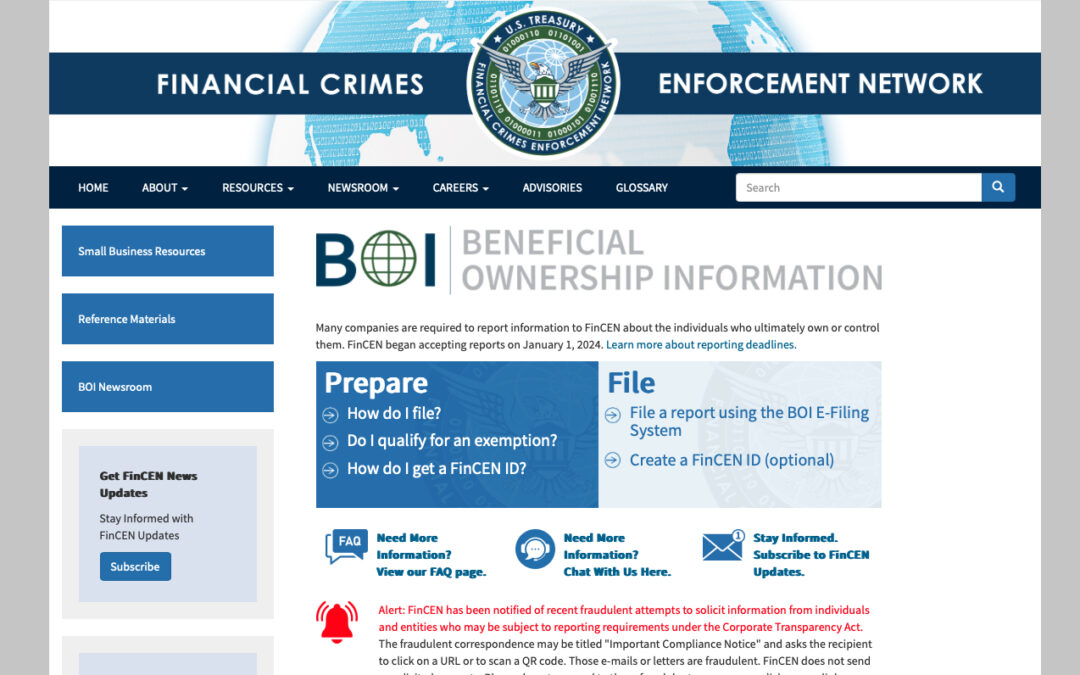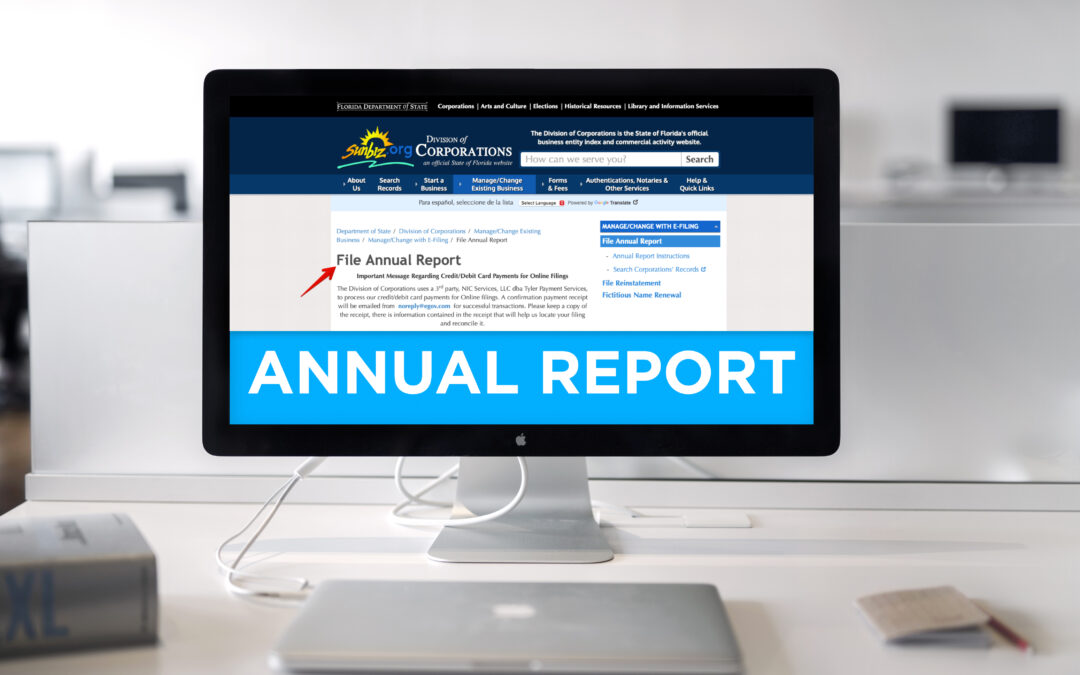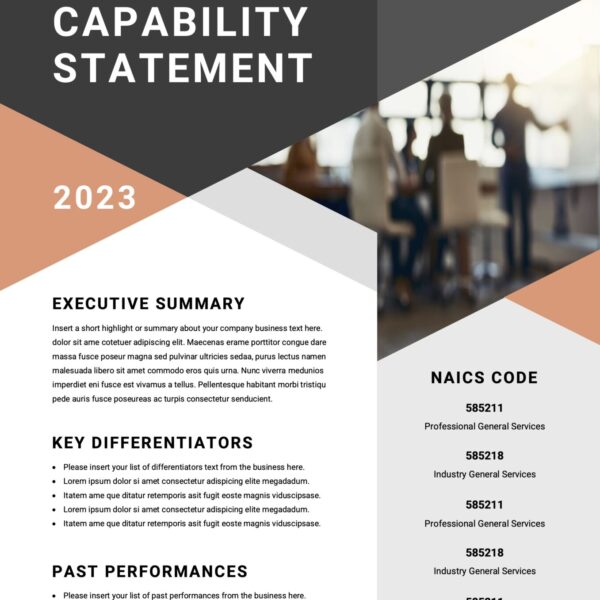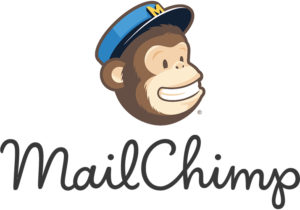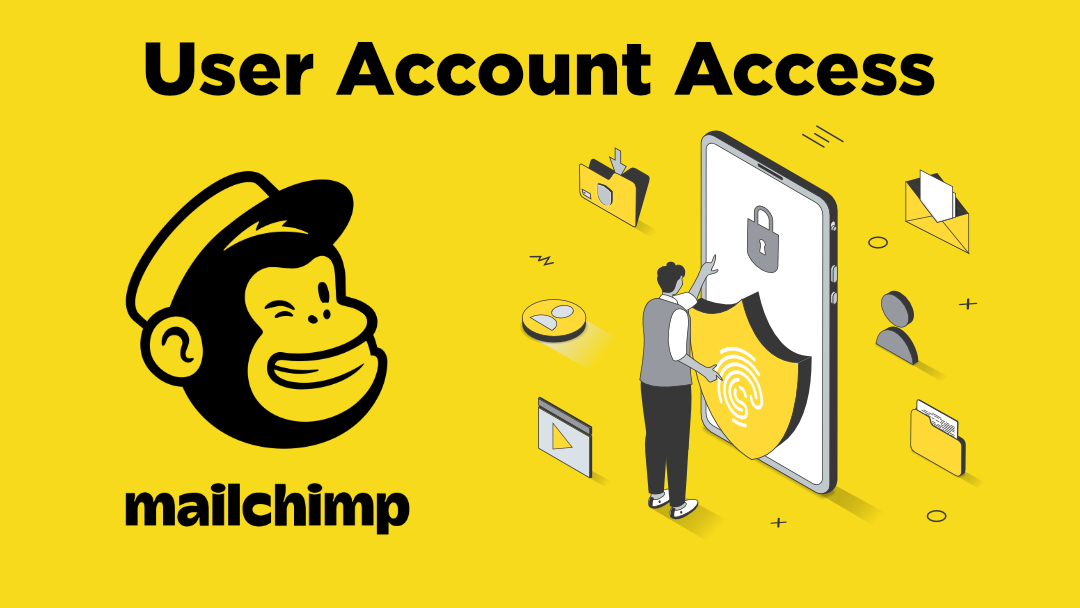
All Posts, Email Tips, How to
There’s another option for giving access to your MailChimp account without needing to provide your account username and password. In our agency we prefer the following approach because we’re able to gain access to our client accounts at different levels,...

All Posts, Domains, Email Tips
Let’s face it, we all live in a digital world. Some more than others, but still we all are faced with having to learn or navigate this online space for daily needs. Home Owners Associations (HOAs) are not exempt from the necessity of carving out their own space...

All Posts, Networking, Orlando
Networking is more than just exchanging business cards or adding new contacts on LinkedIn; it’s about creating meaningful connections that with honest intentions for mutual growth and professional opportunities. As someone who has navigated the vibrant business...

All Posts, Apps, Graphic Design
With all the new apps coming out these days, Upscayl is one that I really felt led to write about and share with you all. Have you ever had an image that you wanted to use but couldn’t due to it’s low quality and resolution? Maybe an old photograph that...




